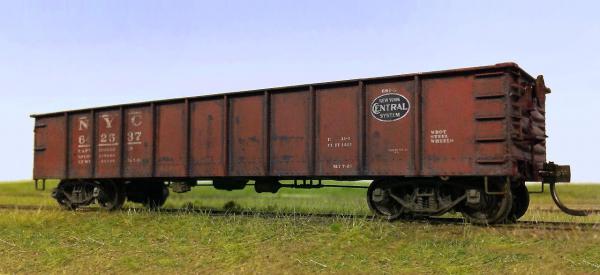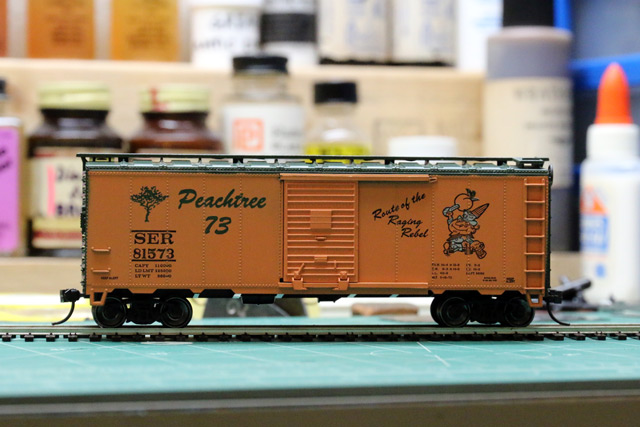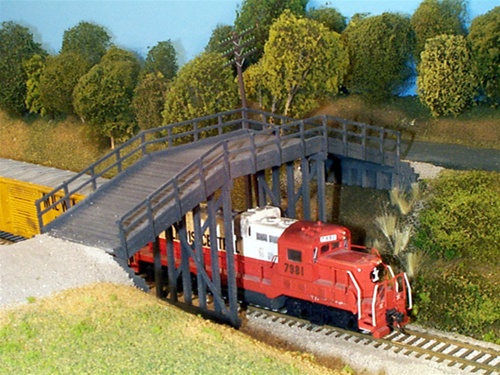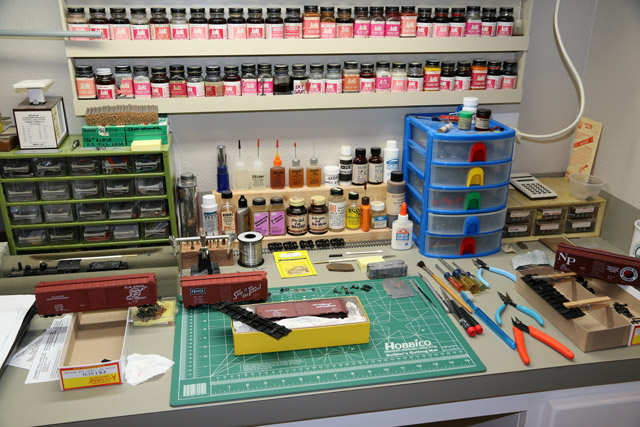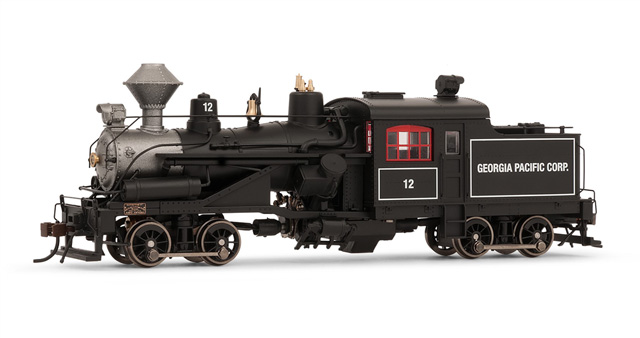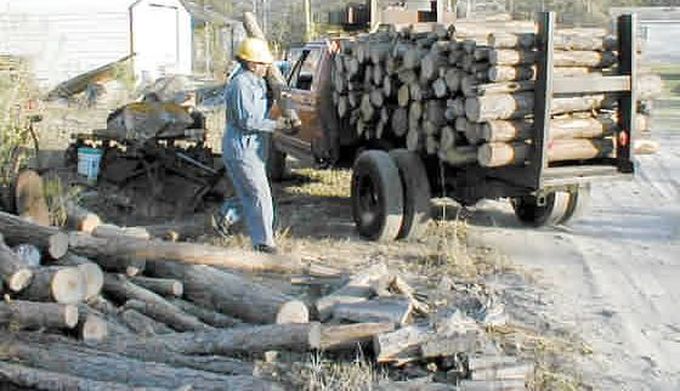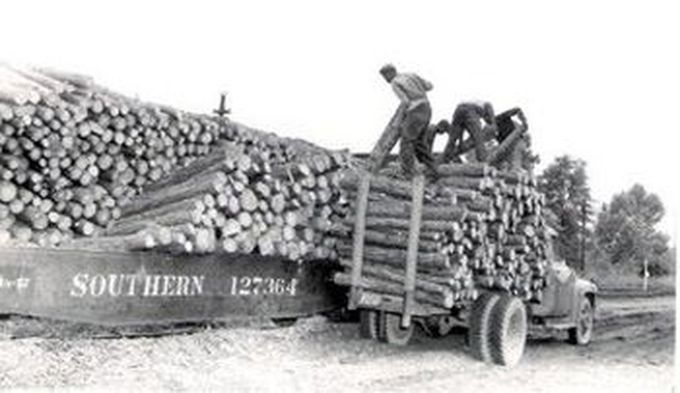Jim Six has been a model railroader since he was a kid (as have I). Since we’re both the same age, I can tell you, that’s a lot of years! Jim has been a prolific modeler over these years, and many of you have probably come across at least a few of the many modeling articles that he has produced in various model railroading magazines.
Jim recently retired and he has decided to re-think his layout. Part of that thought led him to make the decision to redo (and scale down) what he was in the midst of doing. And another major change was his decision to move to an earlier time frame for his modeling. He decided on the year 1927, and his plan is to model a single town, Sturgis, Michigan.
One of the bi-products of this era decision was the realization that much of his rolling stock was just too modern for his 1927 date. Jim participates in the Model Railroad Hobbyist forum, and has shown photos of several of his inexpensive, but beautifully weathered cars. One of the cars that he has shown is a New York Central gondola. It’s an Accurail kit, and the only modification to it was to substitute metal stirrups on the corners for the stock cast on plastic ones. He also equipped the car with the smaller size Kadee couplers. But the big addition was the weathering job that he did on the car. This is proof of something that I’ve believed for a long time: even an inexpensive plastic car with all it’s cast on grab irons, ladders, etc. can still look wonderful at normal viewing distances if you know how to paint and weather the car. The photo below is that car.
Jim has done quite a few cars like this, and all the photos I’ve seen of them look absolutely wonderful. But here’s the best part (for me). Jim and I have struck up a long distance friendship, and he recently gifted me this “too modern” NYC gondola as a “birthday present”. It arrived early this week and I’m totally elated with it. And I think it looks even better than the photo. I’m proud to be the new owner of this car, and it’ll one day see service on the Louisiana Central.
Thanks, Jim!
-Jack

